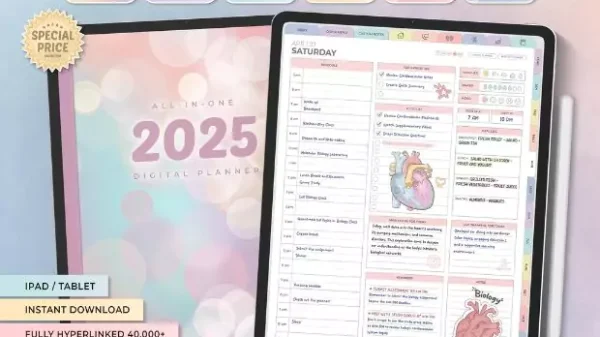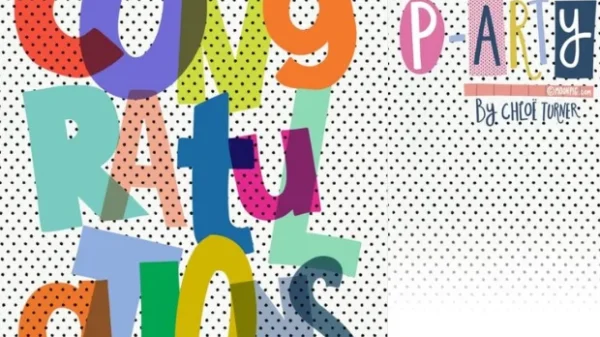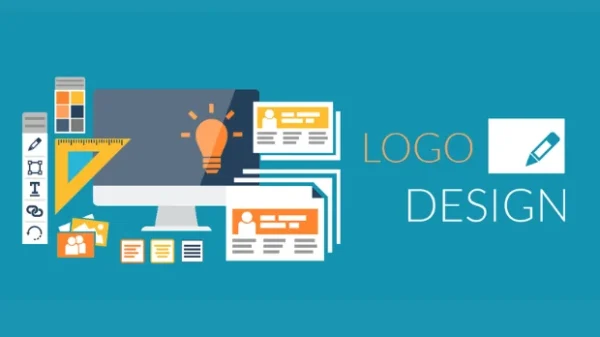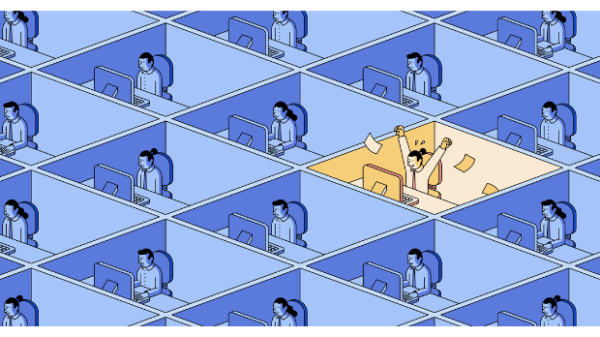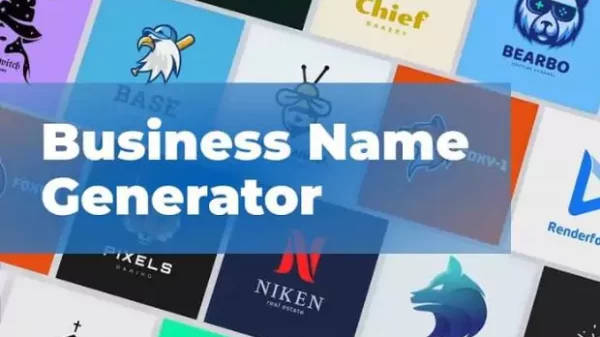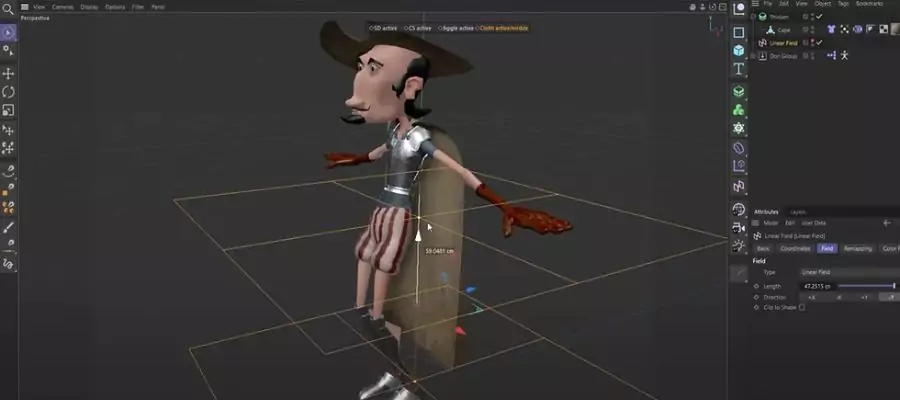
3d animation software | Hermagic
3D animation software has revolutionized the way artists and producers produce realistic models, stunning visual effects, and sceneries. These tools are great for both amateurs and specialists since they are feature-rich and simple to use. 3D animation software is significant for digital innovation, whether it is utilized for instructional materials, video games, movies, or product design. It provides pros with sophisticated tools to complete hard tasks and beginners with easy-to-use interfaces for creating intricate worlds.
With 3D animation software, you can make moving 3D images online. It has tools to help you create and color objects, make them move, and set up characters. You can even use it for virtual reality (VR). This software helps you create fun and realistic graphics that feel like they have depth and are interactive.
Best 3D Animation Software Options
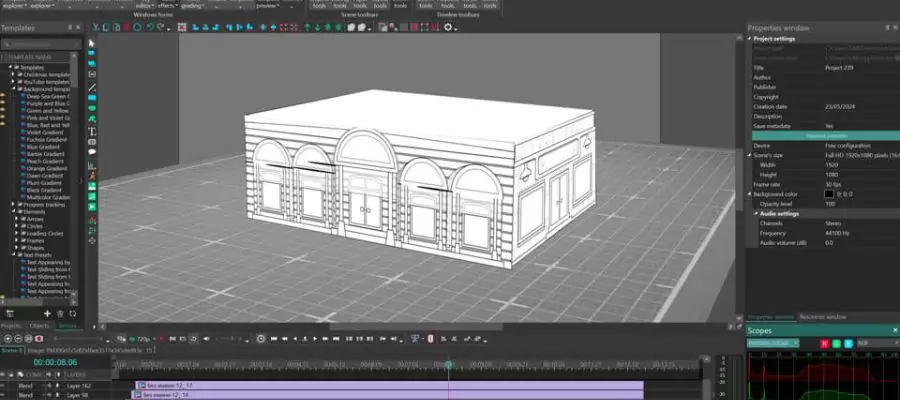
Best 3D Animation Software Options | Hermagic
1. Adobe
Adobe Substance 3D is a popular tool for making 3D objects. It has many features for building, coloring, and moving 3D shapes. The software can create very detailed and realistic textures, which is great for designers. If you already use other Adobe products, this one works well with them.
Substance 3D also lets you see changes in real time, very well making the design process speedier. It’s designed for both specialists and beginners, so anybody can learn to utilize it. This software is adaptable and can be utilized for numerous things, like product design and video game creation. Adobe has changed the 3D software world by offering a new choice for creators.
2. Autodesk Maya
This bad boy pretty well is a one-trick pony that does everything well. You likely utilize Maya if you work in the high-end 3D industry. It’s very beneficial for character development. Do you know those characters in hugely successful movies that have so much detail? Yes, that was made by Maya. Maya is a great tool to have if you’re juggling many tools because it interacts well with other Autodesk products as well.
3. Blender
Let’s go on to Blender now. This 3D program is the people’s champion. It’s shockingly powerful, open-source, and free. Blender caters to all skill levels, from novices who are just getting started to experts. Its large community also contributes to its continuous improvement. Blender is an invaluable tool for anyone who enjoys tinkering or creating independently.
4Cinema 4D
It’s very. user-friendly, which is awesome if you do not want to spend a long time learning how to utilize software. Its MoGraph capabilities are an absolute delight for quickly and easily producing beautiful animations. Cinema 4D is a perfect fit for those who are already familiar with Adobe products, particularly with After Effects. For good reason, it’s popular in TV and advertising.
5. Houdini
Not to be overlooked is Houdini. This is the 3D software lab of the crazy scientist. All of it comes down to nodes and procedural workflows, which may sound very technical but really allow you to create incredible effects that would be unfeasible with other applications. Imagine enormous explosions, realistic water, or completely constructed cities. It’s the standard for those wild visual effects in films that leave you wondering, “How the heck did they do that?”
Why 3D Animation Software Is Essential?
The game has completely transformed in several different sectors thanks to 3D animation software. It’s no longer only about creating visually appealing films, but it still does that. These days, everyone is participating in the process, even architects and game designers. Why? Because 3D makes it possible to construct entirely artificial objects that have the appearance and feel of actual objects.
Consider the most recent very successful film you saw or the video game you can’t put down; chances are, 3D animation software had a significant role in bringing those worlds to life. It’s also more than just amusement. Architects are showcasing building plans before a single brick is put, and doctors are teaching intricate medical procedures with 3D simulations. Learning to utilize 3D software is now as essential as knowing how to utilize a smartphone, particularly with the rise of VR and AR innovation. It’s astonishing how one innovation can impact so many fields!
Why Adobe Is Leading the 3D Animation Software Space?
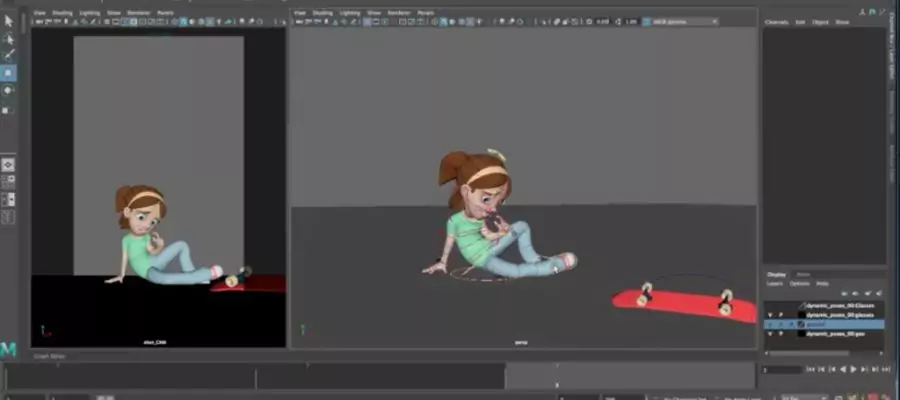
Why Adobe Is Leading the 3D Animation Software Space? | Hermagic
1. Adobe’s 3D Creation Ecosystem:
In the realm of 3D, Adobe has significantly improved. For 3D artists, they have essentially produced this all-in-one playground. Everything is at your disposal with your arsenal of tools: modeling, texturing, designing, etc. The best part? Everything integrates with ease. Without ever leaving the Adobe family, you may start with a Photoshop design, construct it in 3D, add some amazing textures, and render it out. It appears as though a seamless pipeline from your head to the finished output has been constructed.
2. Creative Cloud Integration:
Adobe’s big win here is how they’ve tied their 3D stuff into Creative Cloud. It’s pretty slick – you can bounce between 3D tools and old favorites like Photoshop or After Effects without missing a beat. Start a design in one app, add some textures in another, and then bring it all together for animation. No more juggling a bunch of different software or losing your flow switching between programs. It just… works.
3. Substance 3D Collection:
The realistic image-creation features in Adobe Substance 3D are the greatest. With Substance 3D Painter, you can paint directly on your 3D models, and the results are amazing. They’ve got these smart materials that just know how to look right on different surfaces. And get this – you can turn real-world photos into 3D materials. It’s like magic for making your 3D stuff look like it could reach out and touch you.
4. Character Animator:
Adobe’s Character Animator is revolutionary for everyone who has ever thought animation was too hard. Because you can manipulate the character’s facial expressions and physical attributes in real time, it’s like puppeteering on steroids. It even syncs lips to your words automatically. Whether you’re whipping up a quick animation for social media or running a live cartoon show, this tool makes it stupidly easy to bring characters to life.
5. VR and AR Integration:
Adobe is fully committed to the VR and AR trends, not merely following them. You may truly design your 3D models in virtual reality using Substance 3D Modeler. You’re really reaching out and creating sculpture out of thin air, which is insane. More than just a gimmick, this very well is changing the way designers work by giving them a never-before-seen level of control and feel for their 3D projects. The way that VR and AR are included into Adobe’s products shows how much the company is investing in these innovations.
Tips for Mastering 3D Animation Software
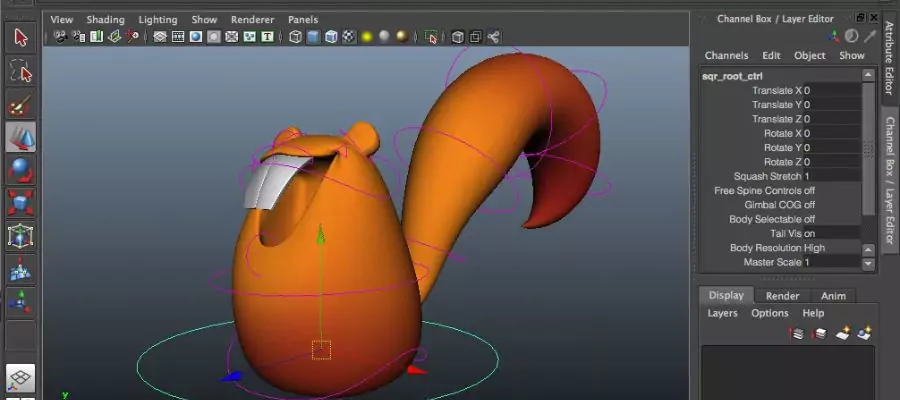
Tips for Mastering 3D Animation Software | Hermagic
- Let’s start with the fundamentals: Discover the foundational ideas of animation before delving into capabilities unique to a certain software.
- Practice frequently: The secret to improving your skills is consistency.
- Join online communities: Engage with other artists for feedback and inspiration.
- Stay updated: Follow software updates and industry trends to keep your skills relevant.
- Concentrate while maintaining flexibility: Concentrate on becoming an expert with one piece of software while keeping up with others.
- Build a solid artistic foundation. Your 3D work will be improved by knowing the fundamentals of traditional art.
- Try experimenting with other looks: Don’t confine yourself to a certain style or genre of animation.
Conclusion
For designers and animators, Adobe’s 3D animation software tools especially the Adobe Substance 3D suite are fantastic. They integrate nicely with other Adobe programs and provide good highlights including 3D modeling, intricate texturing, and speedy rendering. It is an excellent option for both novices and experts, providing them with high-quality 3D creations thanks to its user-friendly interface. For design and animation, Adobe’s 3D program is increasingly the preferred option.
For more information, visit Hermagic.
FAQs















